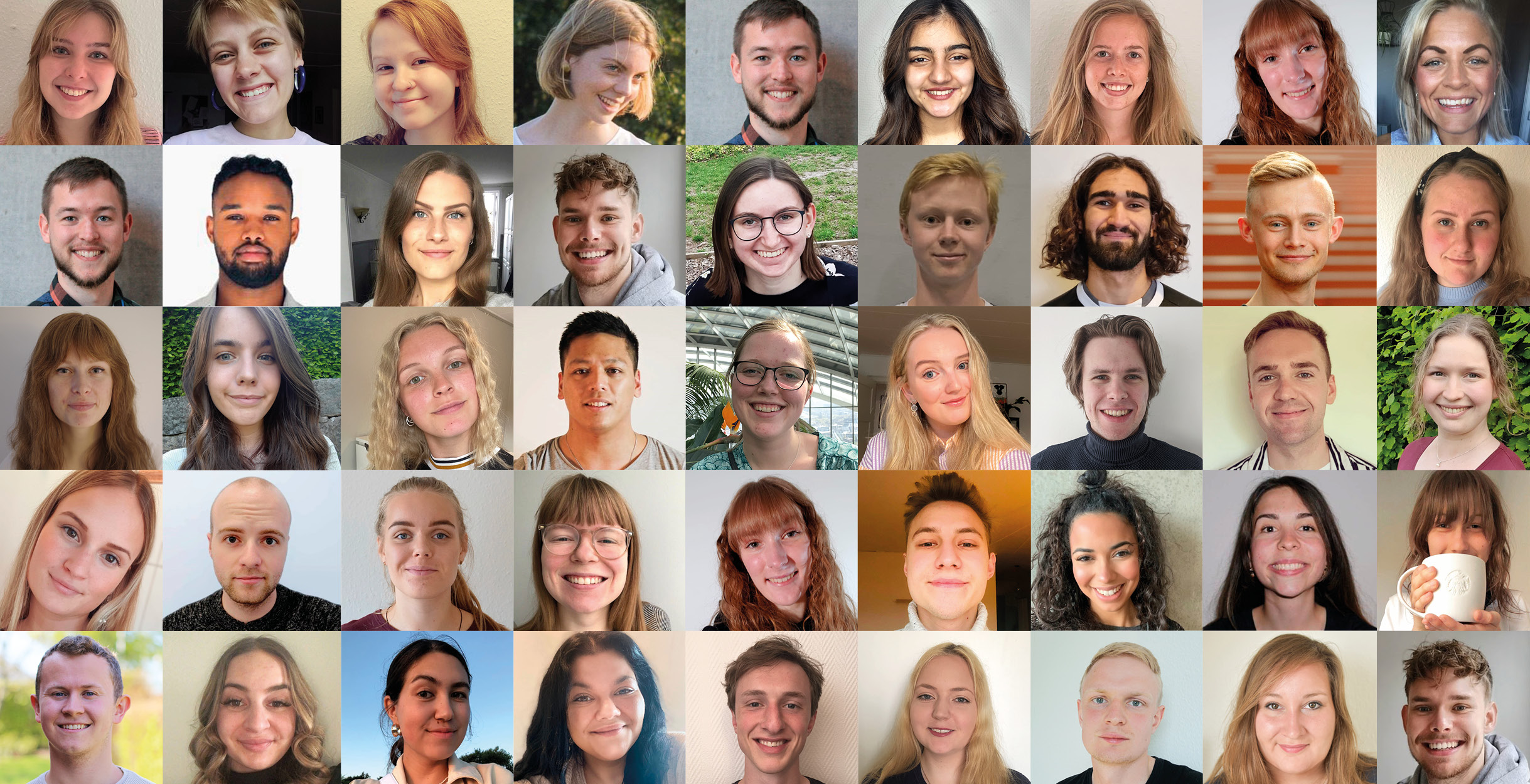The study program is offered in Danish, but we expect to be able to offer the program in English from September 2024, if the Ministry approves the language change.
Climate-driven design and sustainable built environment
With a Master of Science degree in Civil Engineering, you will become an expert in designing sustainable built-environment. You will learn advanced civil and architectural engineering methods, working on designing, engineering and constructing climate-friendly buildings and infrastructures. You will gain a unique skillset in computational design, climate-driven structures, sustainable materials, and construction automation.Two key specialisation profiles
The Master of Science in Civil Engineering is a two-year programme consisting of 120 ECTS. The program offers two synergetic specialisation profiles in the following key areas:
- Computational Design and Robotics for Engineering, Architecture and Constructions Technology (CREATE).
- Structural Engineering
A future-oriented learning programme
The MSc programme aims to educate the experts and future leaders on the construction´s green transition, combining a solid engineering background with expertise in future technologies and design innovation. The programme offers a well-balanced combination of seminars on theoretical subjects and design studios with project work, ranging from computational design and simulation to hands-on laboratory experiments. Students will develop creative thinking and problem-solving skills necessary to tackle technical, environmental and societal challenges involved with architecture and cities.
A research-driven learning environment
The MSc programme is taught by SDU Civil and Architectural Engineering, focusing on engineering research and education that enables a greener, smarter and future-oriented built environment. The courses are taught by international researchers, highly qualified lecturers, and leading experts from the industry. While studying for the master, you will:
- Learn advanced design and engineering techniques within an international research environment
- Use a design-driven learning method, developing complex projects in groups within design studios
- Conduct experimental activities with cutting-edge laboratory infrastructures
- Engage with industry leaders from the field of architecture, engineering and construction


